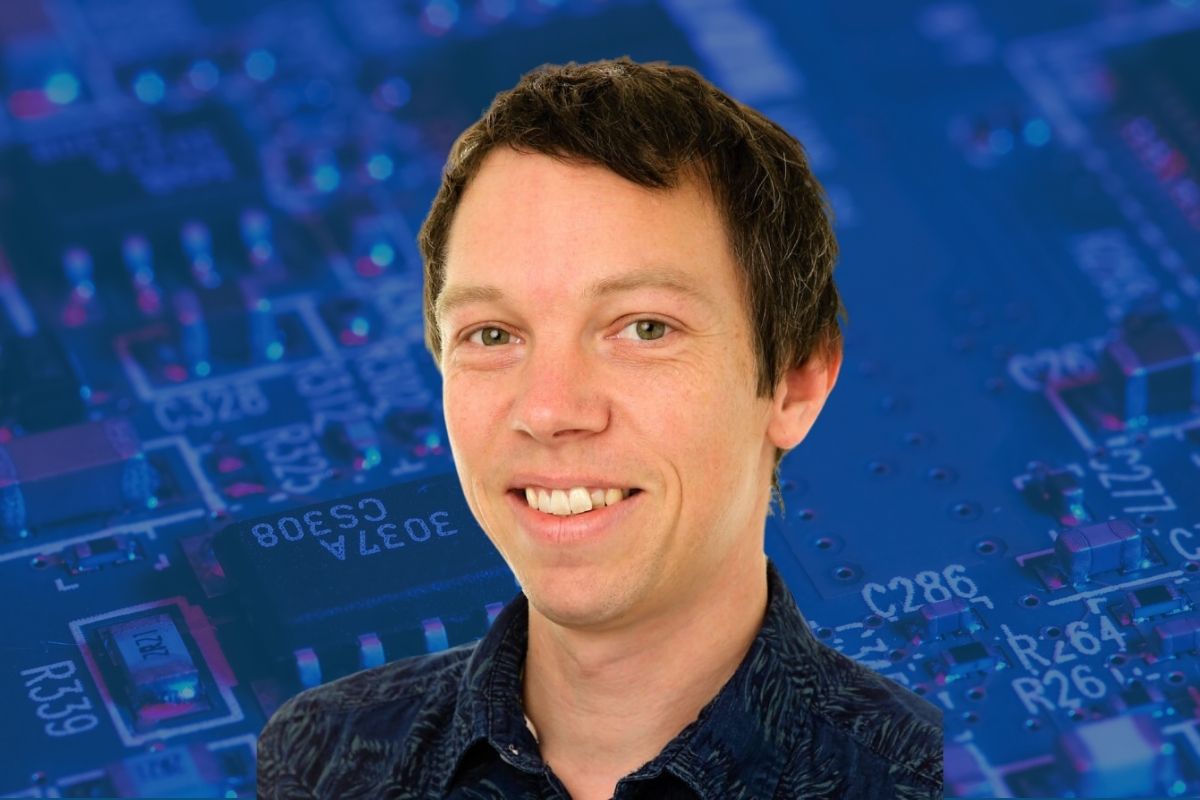It began with his family's first home computer — a vintage 386 microprocessor. Seventh grader Lars Beck Johannsen took it apart.
“I’ll never forget the look on my father’s face when he saw I'd disassembled the motherboard,” said Johannsen, now an educator.
The act turned out to be a harbinger of what lay ahead.
No less fascinated by technology after becoming a teacher, Johannsen early in his career “threw away the books and turned to projects to introduce math and music into everyday life. Students when they grow up don't remember math books filled with equations. They remember the meaningful and fun projects.”
The advent of 3D printers, maker space education insinuated itself in Johannsen's classrooms — an embrace of project-based technology that led FabLearn, headed by TC’s Paulo Blikstein, to name Johannsen a 2020-22 Fellow.
Johannsen today is introducing maker space learning to 7th to 9th graders attending an after-school program in Skanderborg, Denmark, a lakeside city of 19,000. In the country, as elsewhere, artificial intelligence has taken a place alongside robotics and 3D printing in maker spaces.
For Johannsen's students, that translates into the development of “escape rooms” — the story-based, artificial intelligence platforms that challenge users to navigate what, in effect, is a digital, multi-dimensional puzzle maze.
INSIDE LOOK Lars Beck Johannsen discusses how a classroom game called Buldtopia helps students develop prototyping skills. (Video courtesy of Johannsen)
“It’s an art form that gives them the opportunity to get emotionally involved in a project,” Johannsen explains.
Johannsen's maker space program has in fact proven so popular that plans are afoot to introduce students in five nearby schools to the platform during the coming academic year.
The maker space learning in those schools will moreover be integrated into physical education and history curricula.
To questions about applying artificial intelligence to subjects other than STEM, Johannsen says, why not?
“Finding a way to work constructionist education into sports and history projects is a challenge for the future,” he says.
And from what Johannsen has observed from his own work, there is no limit to the potential of maker spaces to reshape learning in every subject area.
“If you can think of something in a maker space then you can create it in a tangible way,” he says. “A seed is planted. It's powerful stuff.”
— Steve Giegerich
